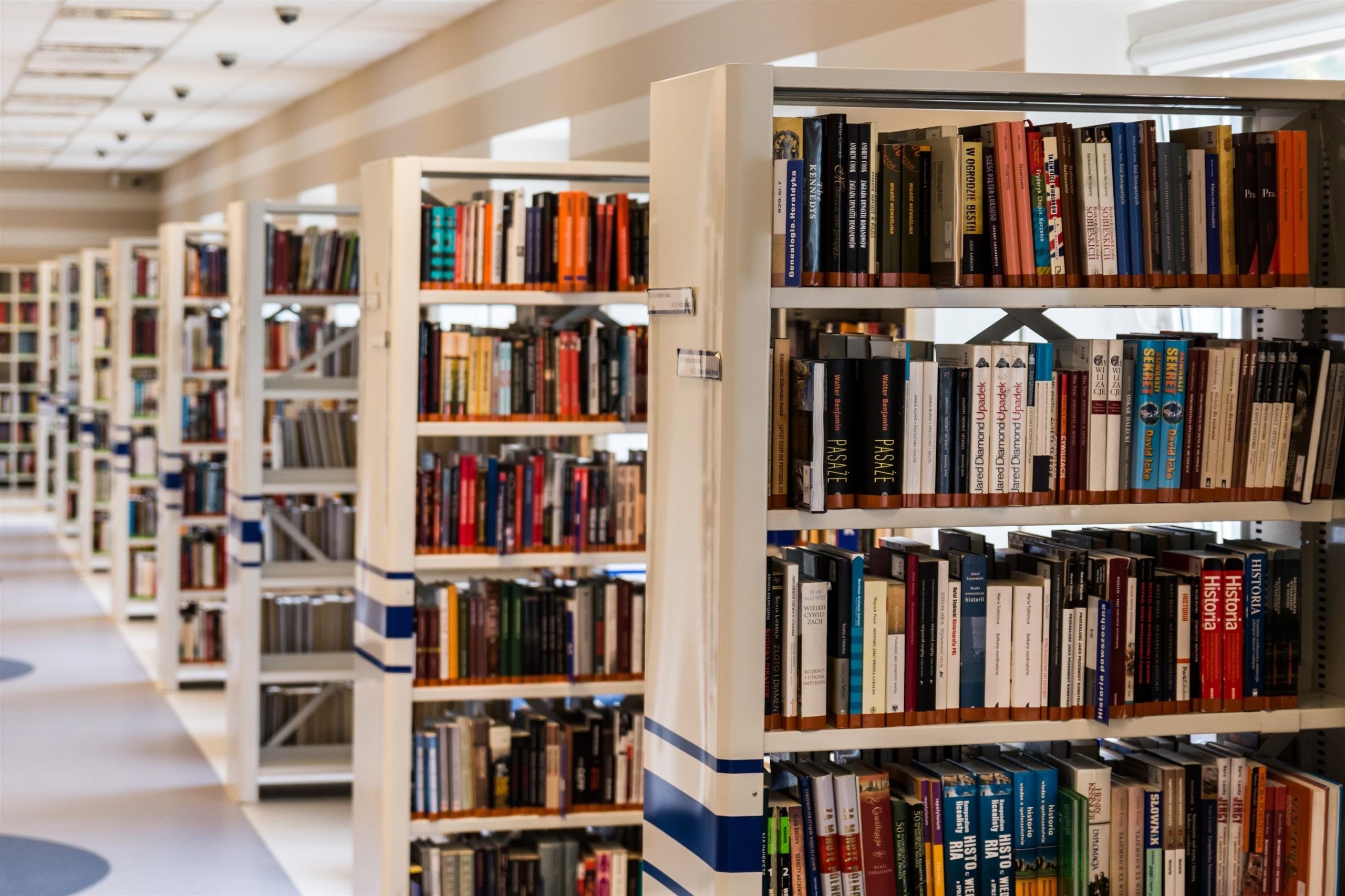
Four Benefits of Employing Toys for Education by Craig Middleton explains why toys belong in just about any learning environment and activity. Are there age-appropriate toys in you home and in your child’s classroom? Thanks, Craig.
Introduction
- Over the last century, parents and teachers have found many creative avenues for educating children. The theories on education and how children learn are endless, but some of the tools are timeless, such as books and instruments for writing. One of the most enduring tools for educators of children has been toys. Because children associate toys with having fun and entertainment, toys also have the ability to make learning fun.
- The word “toy” conjures images of an expansive array of manufactured goods for children, as there is no limit to their many shapes, sizes and uses. There are puzzles, games, dolls, blocks, and more. Here’s a look at how toys help build learning foundations and lasting outcomes in the classroom.
1. Greater Empathy and Emotional Intelligence
- When children watch toys during a lesson, they are watching a scene playout, much like a movie. For example, if you want to teach a child about sharing, you could take two figures, such as the famous Barbie made by Mattel, and demonstrate how friends take turns. This demonstration will resonate better than being told. It also builds on a child’s ability to understand the needs of others around them.
- Toys also demonstrate how to respond to situations, and how uncomfortable situations can be resolved. Children look to adults to answer these types of questions, but adults themselves don’t always make the best role models, except when they use toys to show how to do it right. Through the use of toys, a discussion can take place about why someone felt the way they did and how someone else can help make them feel better.
2. Increased Creativity
- Toys help children expand on their creativity. They teach them to fill in the gaps and to imagine alternate endings. For example, if an adult utilizes a puppet for storytime, and the puppet is a whale, the child knows a whale must have water in its environment, and so the child’s mind fills in the environment that is missing. While the whale may be attached to a hand, during the story, the child can imagine the whale is at a dock, or some other place the story dictates.
- Give the child the same toy to play with on their own, and they will create their own stories. New scenes will be created in their minds. Not only are they learning to create dialogue, but they are learning to create images.
3. Improved Learning Retention
- When children learn, new paths are created in their brains that they can return to in a similar situation. This is an oversimplified explanation for how learning works, but since children are more apt to pay attention when a toy is utilized when they encounter the same problem again, they can draw on what they learned through the toy.
- This is especially critical for developing problem-solving skills. Children can look back to what they learned through the use of toys and apply them to problems in everyday life as well as later in their educational development.
4. Assists with Motor Skills
- Toys can also be used to assist with developing motor skills. This is especially important for children with disabilities who may require more work to reach certain milestones such as using writing instruments and eating utensils or tying shoes. By using playtime to teach and practice these life skills, children are more eager to participate. The result is practice that is fun.
- Educators often overlook the positive achievements that can be made by employing toys in the classroom. Yet, toys have always been strongly associated with developing creativity and emotional intelligence in children. If a child were to walk into a classroom and see only books and a blackboard, they might sense they had a dull day ahead of them. Add some colorful puzzles, games, and toys to that same classroom, and it becomes an environment that is friendly and ripe for exploration. The same if true for their home environment.
Craig Middleton
- Craig is a New York City-based retired business consultant, who is an expert in education and cultural trends. He has a Masters of Business Administration and a Masters in Education from St. Johns and loves sharing his knowledge on the side through his writing. If you have any questions or comments you can direct them to Craig at craigmiddleton18@gmail.com.
DrDougGreen.com If you like the summary, buy the book





